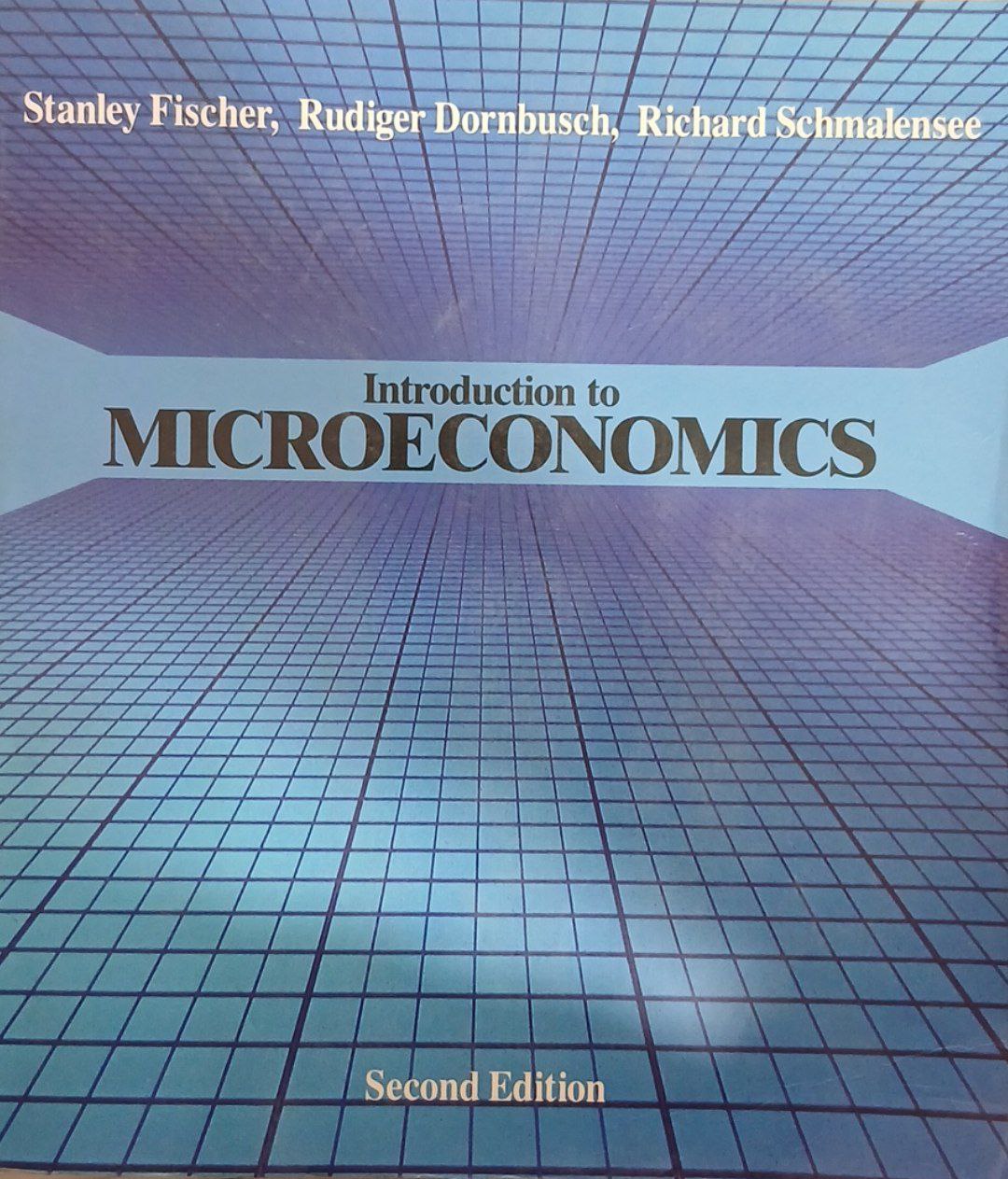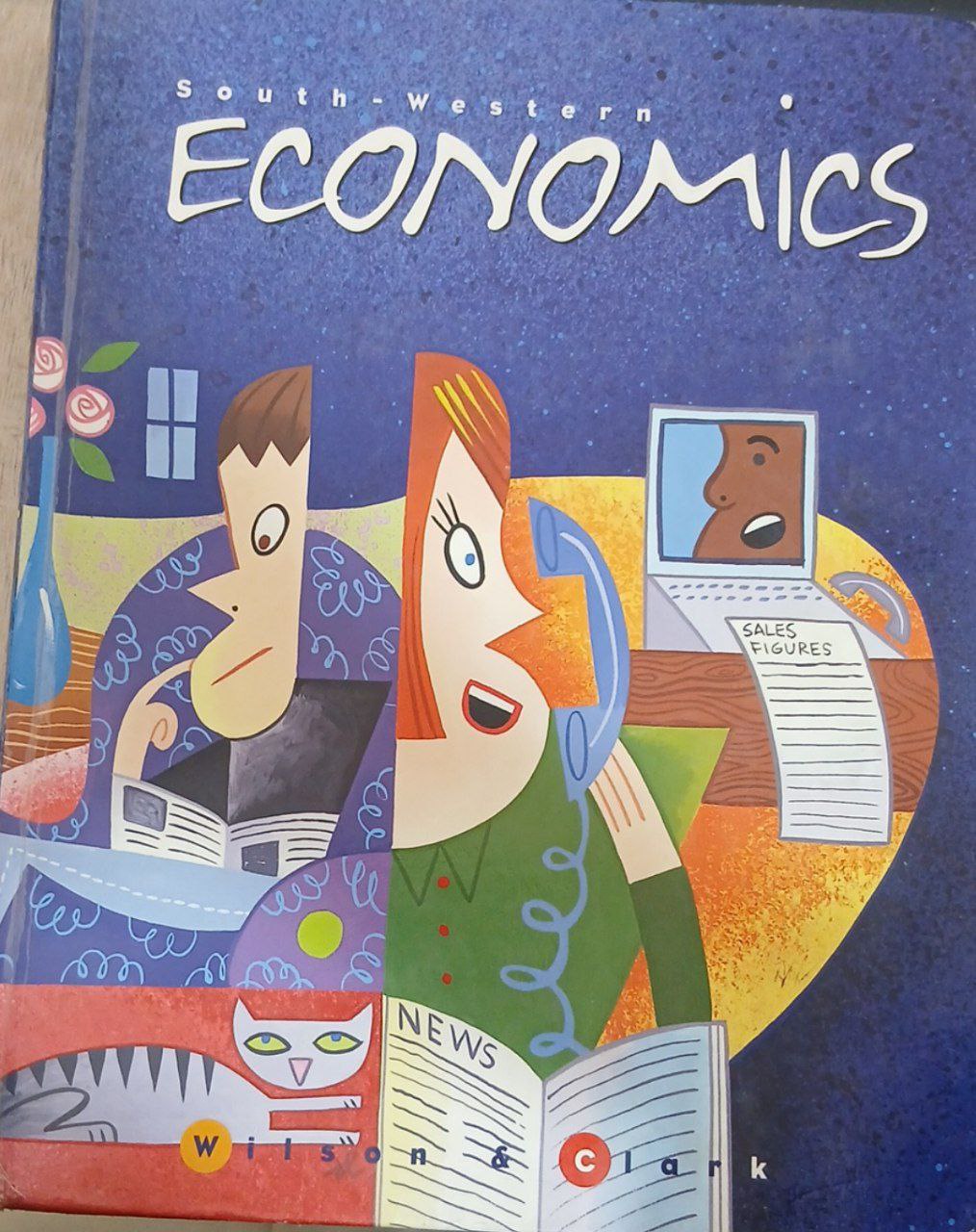-
Iqtisodiyot nazariyasi. Siyosiy iqtisod. Makro iqtisodiyot. Mikro iqtisodiyot,
-
Iqtisodiyot nazariyasi. Siyosiy iqtisod. Makro iqtisodiyot. Mikro iqtisodiyot,
-
Iqtisodiyot nazariyasi. Siyosiy iqtisod. Makro iqtisodiyot. Mikro iqtisodiyot,
-
Intruductiuon To Microeconomicas
Stanley Fischer, Rudiger Dornbusch,Introduction to Microeconomics provides a foundational overview of how individuals and firms make economic decisions and interact within markets. The book examines the principles of supply and demand, consumer behavior, production costs, market structures (such as perfect competition, monopoly, and oligopoly), and the role of government in promoting efficiency and equity. It introduces students to the analytical tools economists use to understand how scarce resources are allocated and how prices are determined.
-
Economics
Wilson Clark,conomics by N. Gregory Mankiw provides a comprehensive introduction to the principles that govern how economies function. Divided into microeconomics and macroeconomics, the book explains how individuals, businesses, and governments make decisions about resource allocation, production, and consumption. Mankiw introduces key ideas such as supply and demand, market equilibrium, opportunity cost, inflation, unemployment, and economic growth, using real-world examples to make complex concepts accessible.
-
Macroeconomics
Campbell, Stanley,Macroeconomics is a textbook intended to give students a comprehensive understanding of how entire economies operate, focusing on large‑scale economic variables such as gross domestic product (GDP), inflation, unemployment, and economic growth. The book explains how these variables interact in both the short run (fluctuations, business cycles) and the long run (economic growth, productivity). It explores the roles of fiscal policy (government spending and taxation) and monetary policy (central bank actions) in stabilizing the economy and addressing issues such as inflation, unemployment, and financial crises. Many editions also include international or “open‑economy” topics (trade, exchange rates), as well as contemporary examples (e.g. recent recessions, global shocks) to help students apply theory to current events.



